Housing Development Model – Scale 1:200


Commissioned for use in an on-site Sales Office, this is a typical marketing model for a new housing development. We have produced scores of these models over the years and this particular example was for one of the UK’s largest house builders. They liked it so much they’ve now asked us to quote for another.
Industrial Transformer Model – Scale 1:20
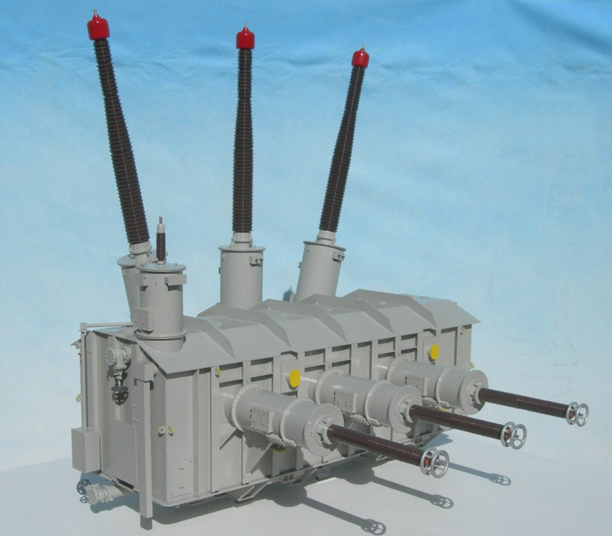
The client for this project was on site in India when we first sent him images of the finished model. His comments were... “Absolutely brilliant, I'm here in India with the Snr Project Manager who managed this project for 2 years and he can't believe it’s just a model”. We were particularly pleased with the results ourselves, especially as it was such a technically demanding project due to the need for a high level of accuracy and very authentic detailing. The model is made predominantly out of laser-cut acrylic components with very careful hand finishing and assembly, plus a final coat of paint of course. It was mounted on a square base with a Perspex cover (overall dimensions about 650mm high).
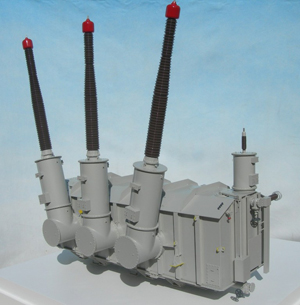
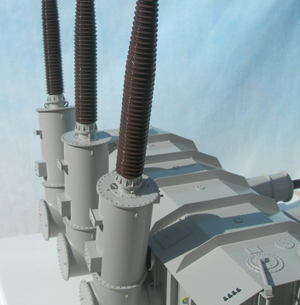
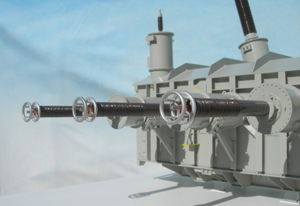
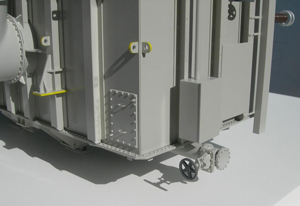
Children’s Hospital Model – Scale 1:200
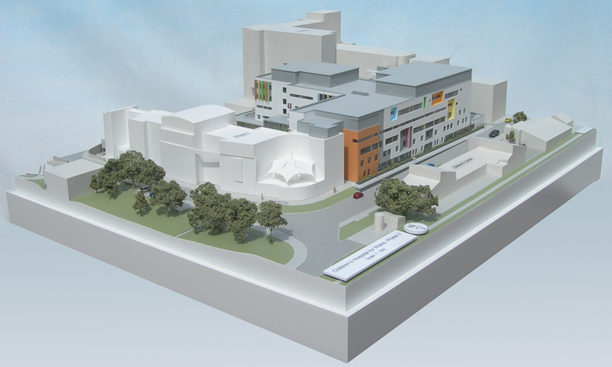
We were very pleased to be involved with this extremely important local project. This compact, portable model is being used to help raise funds to build the second phase of the much needed Children’s Hospital for Wales. The proposed new building is modelled in full colour and detail adjacent to the existing phase 1 building which is shown as a white massing block. The rest of the general hospital context buildings can be seen in the background, shown as grey massing blocks.
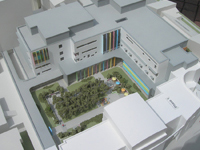
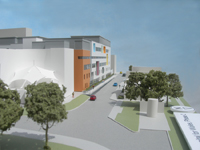
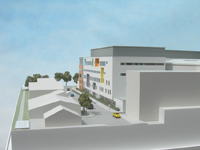
White Massing Model – Scale 1:50
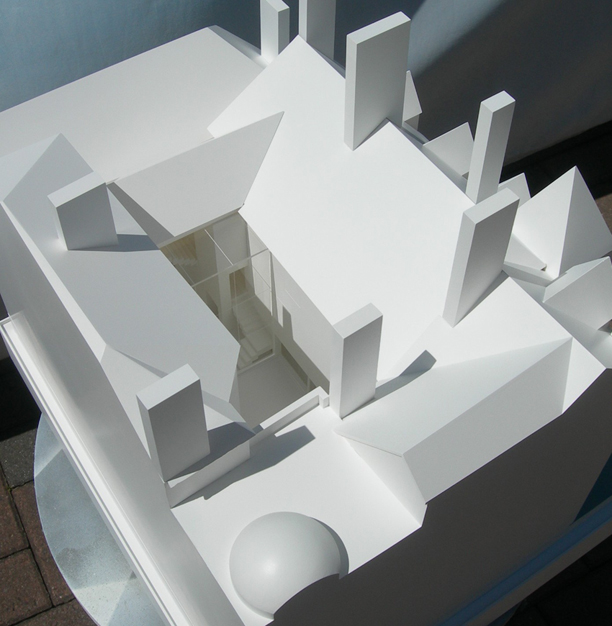
1:50 is an unusually large scale for a massing model, but it was necessary for this project because the client needed the model to give clear views into a cramped internal courtyard. He also needed to be able to reach in to remove some of the components to allow views into the internal stair arrangement. The purpose of the model was to illustrate how a proposed new glazed entrance and bridge link worked with the existing levels and elevations of the courtyard.
Masterplan Model – Scale 1:1000
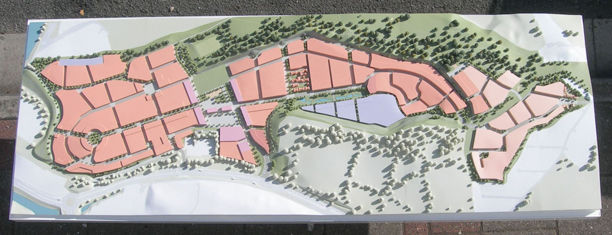
This model is essentially a 3D representation of the client’s colour coded masterplan for the redevelopment of a disused quarry site in the South of England. The local planning authorities requested the model so that they could get a clear understanding of how the new mixed use development would fit into the re-contoured landscape of the quarry. Even at 1:1000 scale (1mm equals 1 metre) we had to accurately model all the proposed new contours and levels across the site, including the old quarry cliff faces. The colour coded buildings indicate the proposed usage and maximum roof heights for each of the plots. The colours reflect those used on the original 2D masterplan but toned down to create an aesthetically pleasing appearance for the model.